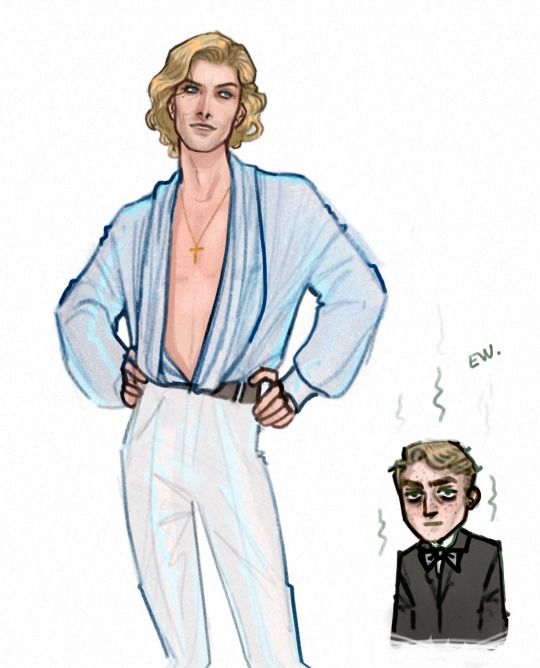#sign up today for melis army
Explore tagged Tumblr posts
Text

My late contribution to the beautiful bride and ugly groom trend
It pained me to make François the beautiful bride but by god and all his angels The Rat is just not it
#i hate it but i havent posted in a fkn while and feel like im neglecting my child due to proffesional matters#mz prof broke hi ship and now we are havingonline class while he is in the rehabilitation spa doctors office#also im beefi;with another prof i have an enemy and looking into building an army#its casual tho probably no murder#sign up today for melis army#rococo wigs handed out at entrence#hetalia#hws england#hws france#fruk#my art#myart#francois bonnefoy#arthur kirkland#tired so very tired
761 notes
·
View notes